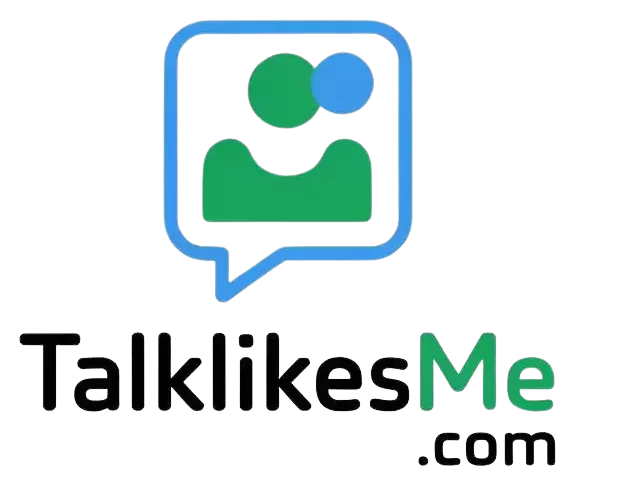Did you know that a simple misunderstanding of verb tenses can drastically alter your communication? The second form of “meet,” known as “met,” is pivotal in mastering the English language. Understanding how to use it can enhance your writing and conversation skills, making you sound more polished and confident. In this article, we’ll dive deep into the past tense of meet, offering you tips and examples to use it effectively.
Meaning of Meet
At its core, the second form of “meet” is “met,” which not only anchors us in the realm of connection but also emphasizes the transient nature of encounters. Every time we “met” someone, we create a moment in time that can ripple through our lives, sparking memories, emotions, and even life-changing opportunities.
The act of meeting invites us to explore themes of serendipity and fate. Each “met” moment can feel like a stitch in the fabric of our personal narratives, intertwining destinies in ways we may not fully comprehend at the time. It’s fascinating how a simple meeting can catalyze friendship, partnership, or even conflict, illustrating the intricate tapestry of human relationships that shapes our world.
Related: Past Tense Of Swing
Second Form of Meet
The second form of “meet” is met.
Verb Forms of Meet:
- Base Form: meet
- Past Simple (Second Form): met
Third Form Of Meet
The third form of “meet” is met.
Verb Forms of Meet:
- Base Form: meet
- Third Form (Past Participle): met
Example Sentences:
- I have met him before.
- She has met all her teachers.
Tenses of Meet
Present Tense
- Simple Present: I meet my friends every weekend.
- Present Continuous: I am meeting my teacher right now.
- Present Perfect: I have met her before.
- Present Perfect Continuous: I have been meeting new people lately.
Past Tense
- Simple Past: I met him yesterday.
- Past Continuous: I was meeting my boss when you called.
- Past Perfect: I had met her before the event.
- Past Perfect Continuous: I had been meeting him regularly before he moved away.
Future Tense
- Simple Future: I will meet you tomorrow.
- Future Continuous: I will be meeting my client at 5 PM.
- Future Perfect: I will have met everyone by noon.
- Future Perfect Continuous: I will have been meeting new students for a week by Friday.
Synonyms of Meet
- Encounter – to come across someone or something unexpectedly.
- Come across – to find or meet by chance.
- Gather – to come together in a group.
- Assemble – to gather in one place for a purpose.
- Join – to come together or connect with others.
- Confront – to face someone or something directly.
- Greet – to welcome someone when meeting.
- Connect – to make contact or form a relationship.
- Face – to meet or deal with a situation or person.
- Encounter with – to have a meeting or experience with someone or something.
Conclusion:
Understanding the second form of “meet” is essential for effective communication in the English language. The correct form, “met,” allows speakers to properly convey experiences and encounters in the past. This knowledge not only enhances grammatical accuracy but also enriches the conversational flow. By familiarizing yourself with such verb forms, you’re taking a vital step toward mastering English. Don’t hesitate to practice and use “met” in your conversations to build confidence!



